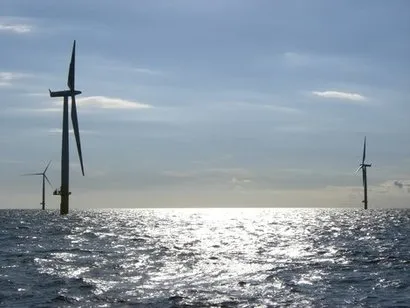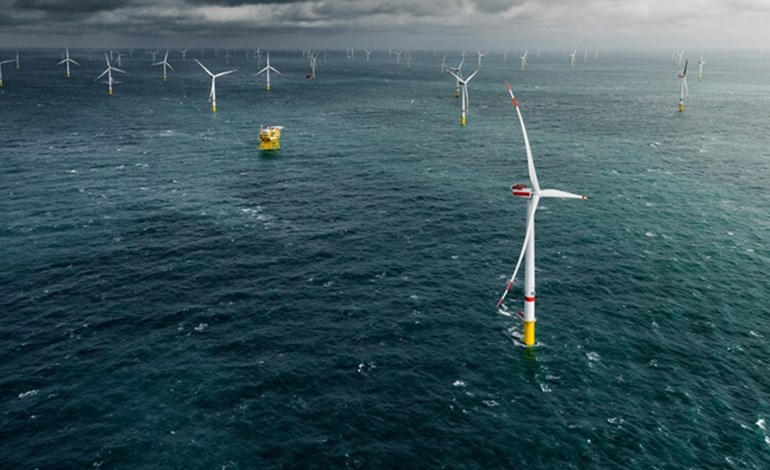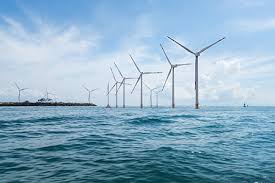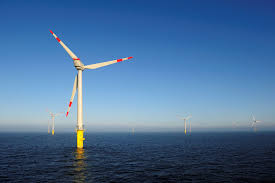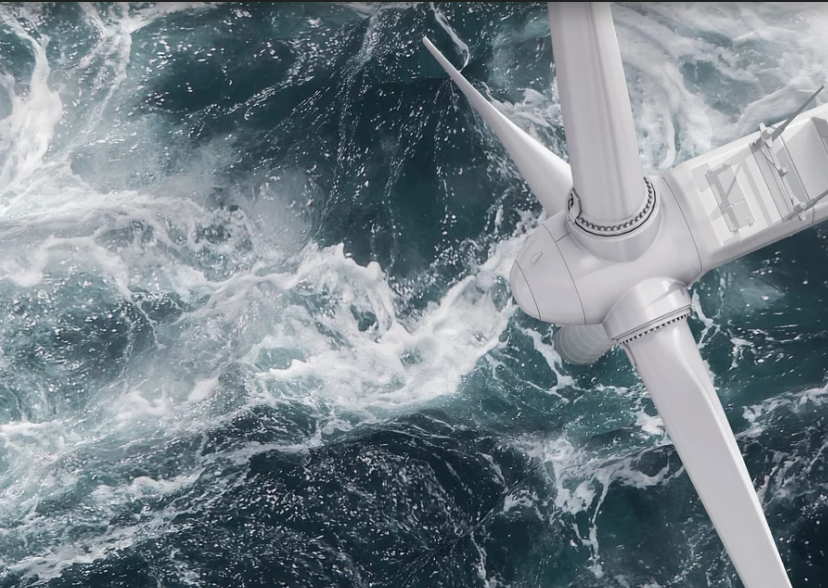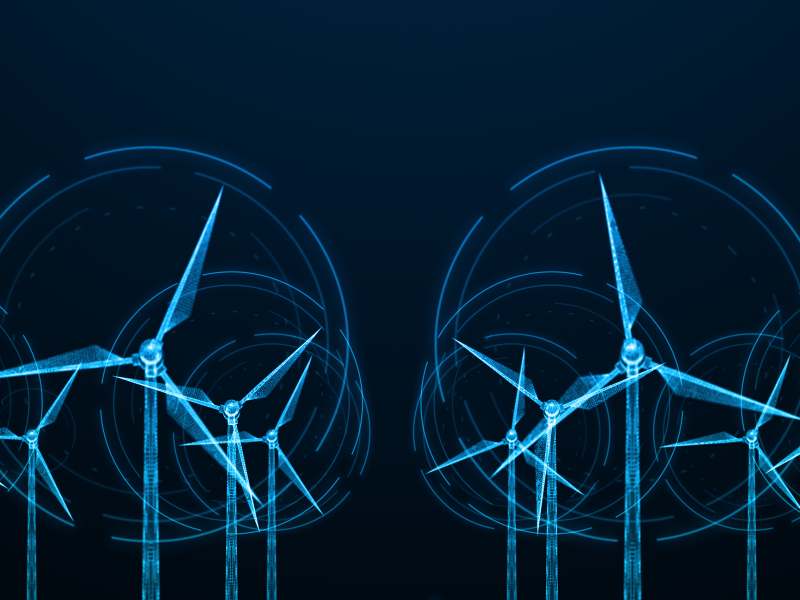The batteries would replace old combustion turbines at the Ravenswood plant in Long Island City, Queens.
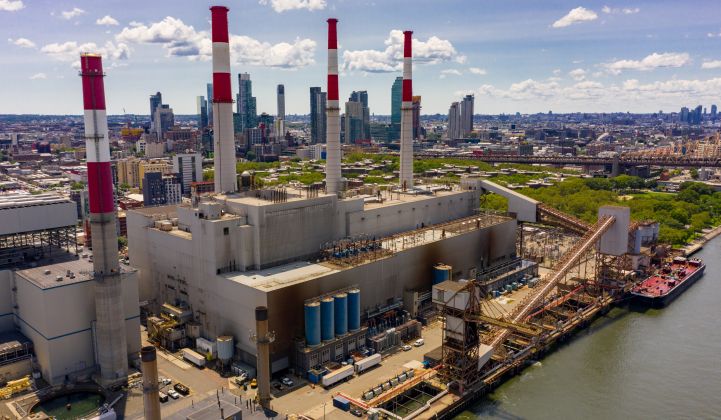
New York's utility regulator approved construction for a 316-megawatt battery storage plant that would replace fossil fueled capacity in New York City.
The Ravenswood project, if built, will be the largest battery plant in the state, providing emissions free power to the New York City region during the hours of greatest demand. It also marks the first major use of energy storage for peaking power in the Northeast. California and Arizona have tapped energy storage for this role, but East Coast batteries have been smaller and generally geared toward fast-response grid services. The new plant could have enough capacity to discharge for up to eight hours.
Governor Andrew Cuomo set a goal of 1,500 megawatts of storage installed by 2025 and 3,000 megawatts by 2030, as part of his broader Green New Deal program. He also prioritized storage as a clean replacement for the dirtiest peaker plants in the state, which tend to be located in poor and minority neighborhoods. The state is finalizing new pollution restrictions that would drive the most polluting plants into retirement.
This could be the first plant to make the switch.
The battery project, at the Ravenswood Generating Station along the East River in Long Island City, Queens, would demolish and replace 16 combustion turbines that are about 50 years old. Only two remain in service, but they only fire up occasionally. The facility also includes much larger combined-cycle generation which would not be altered; the overall plant delivers up to almost 2,200 megawatts to power New York City.
LS Power, a well-capitalized developer and owner of grid infrastructure, already owns the plant and would make the the upgrades via a subsidiary. In that respect, the project resembles work by Vistra in California: that power producer decided to swap out turbines it owns in Moss Landing and Oakland and replace them with battery technology to deliver peak capacity without local emissions.
The regulatory approval does not guarantee that the project will happen, but it provides a crucial proof point for the developer to use in contract negotiations.
The key open question is what business model this project would pursue. No offtaker agreements have been announced, and storage developers have been reticent to build on a purely merchant basis — in this case, bidding into wholesale markets and making money on the peak hours at a constrained node.
New York utility Con Edison could provide a more dependable source of income. ConEd has called for bulk energy storage proposals, due in November, that would give the utility the right to bid and schedule the assets in the New York ISO markets for a contract term up to seven years. Winning bids must be online by the end of 2022, and also can qualify for the bridge incentive administered by the New York State Energy Research and Development Authority.
The RFP is looking for at least 300 megawatts/1,200 megawatt-hours, which means Ravenswood could satisfy the entire thing singlehandedly. The developer could also bid a portion of its capacity and reserve the rest for other purposes.
NYSERDA launched its bridge incentive in April to jump-start storage development by paying for values that are not yet fully compensated in existing market designs. It budgeted $150 million for "bulk" storage projects bigger than 5 megawatts.
The first project to make use of these funds was a 20-megawatt/16.5 megawatt-hour system developed near Albany by Key Capture Energy. That project reached completion in September, becoming the largest battery facility in the state. It received $1.3 million from the bridge incentive.

